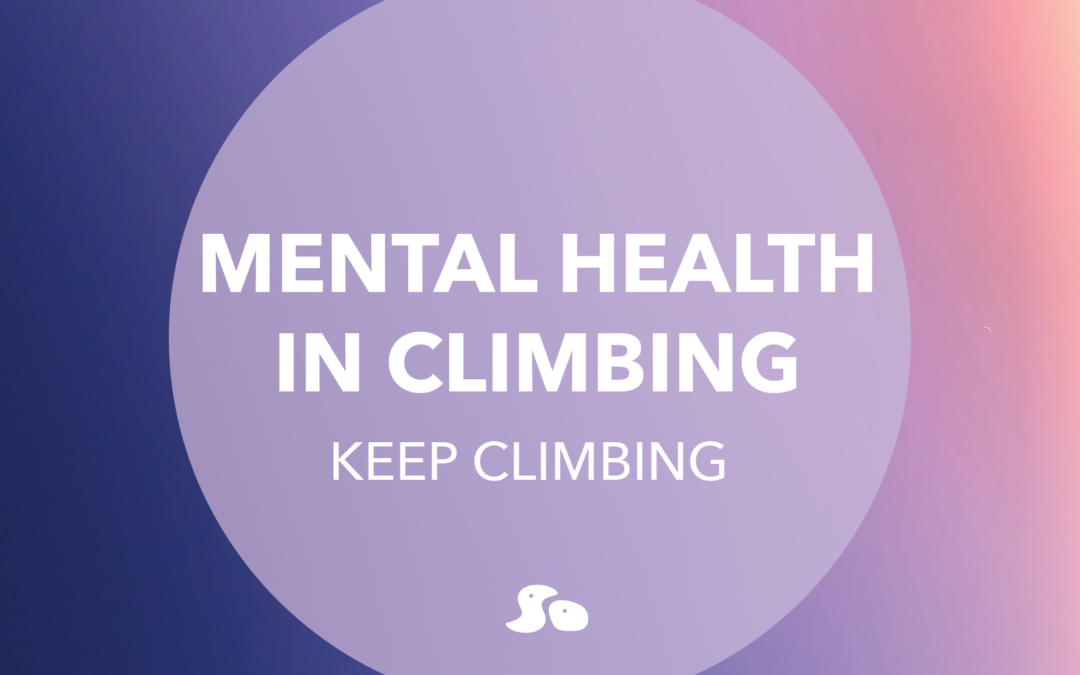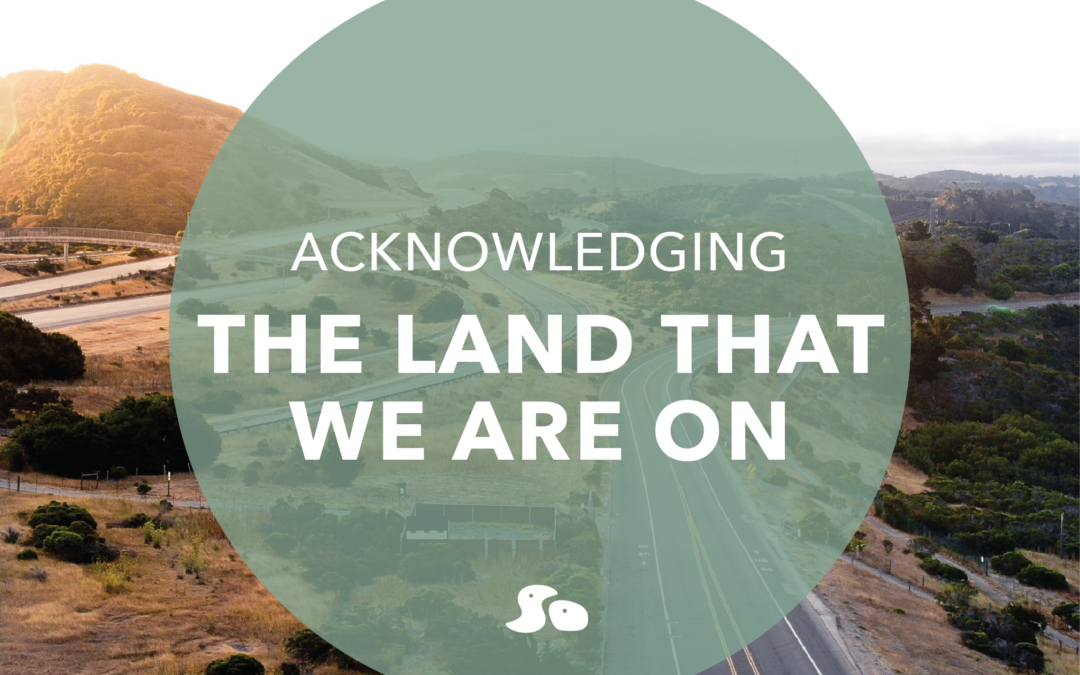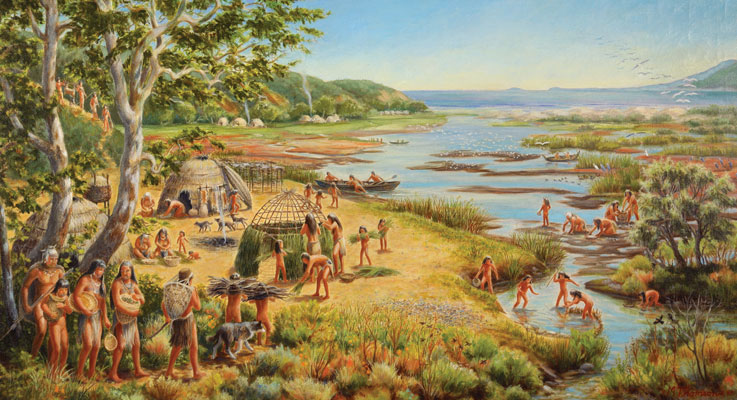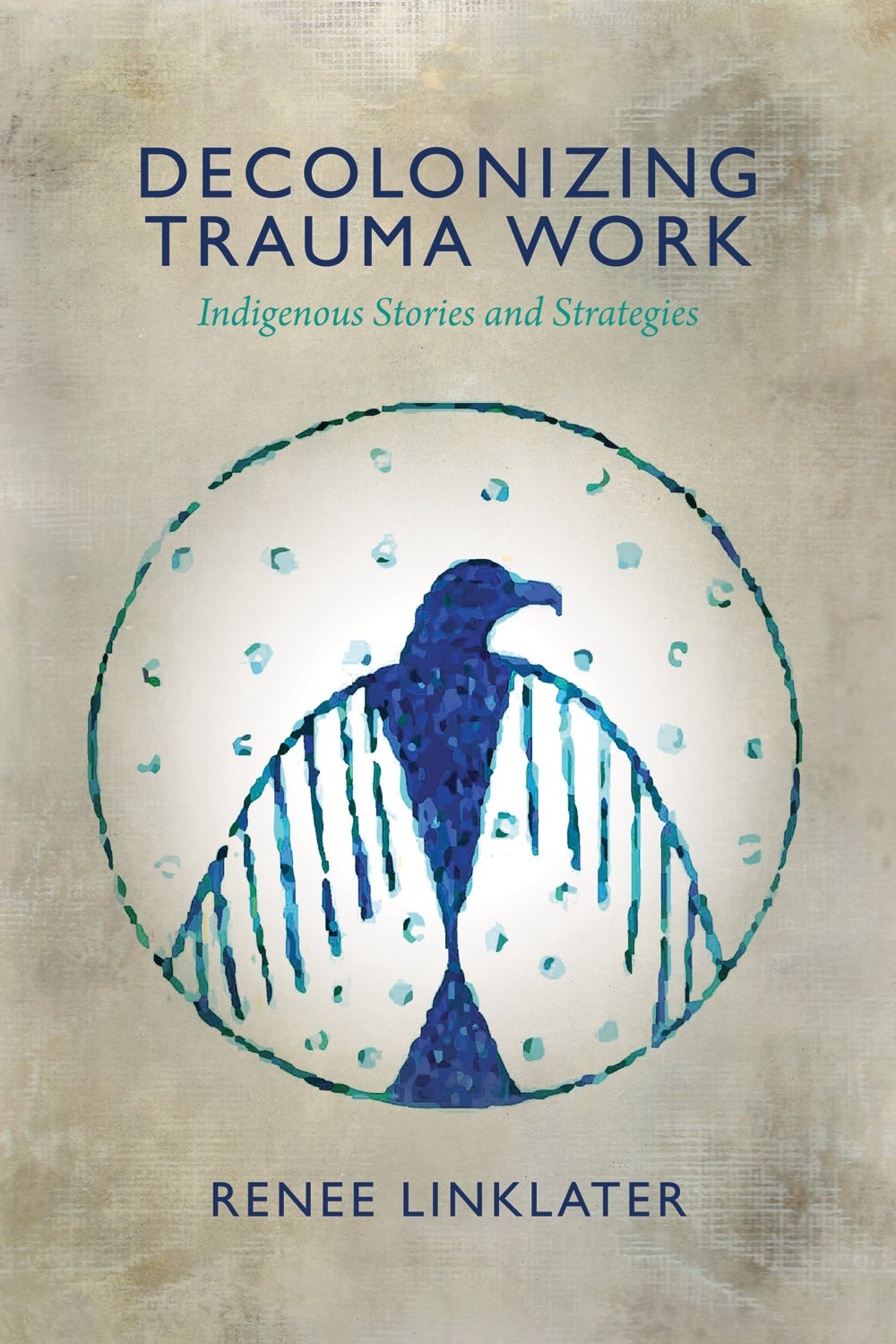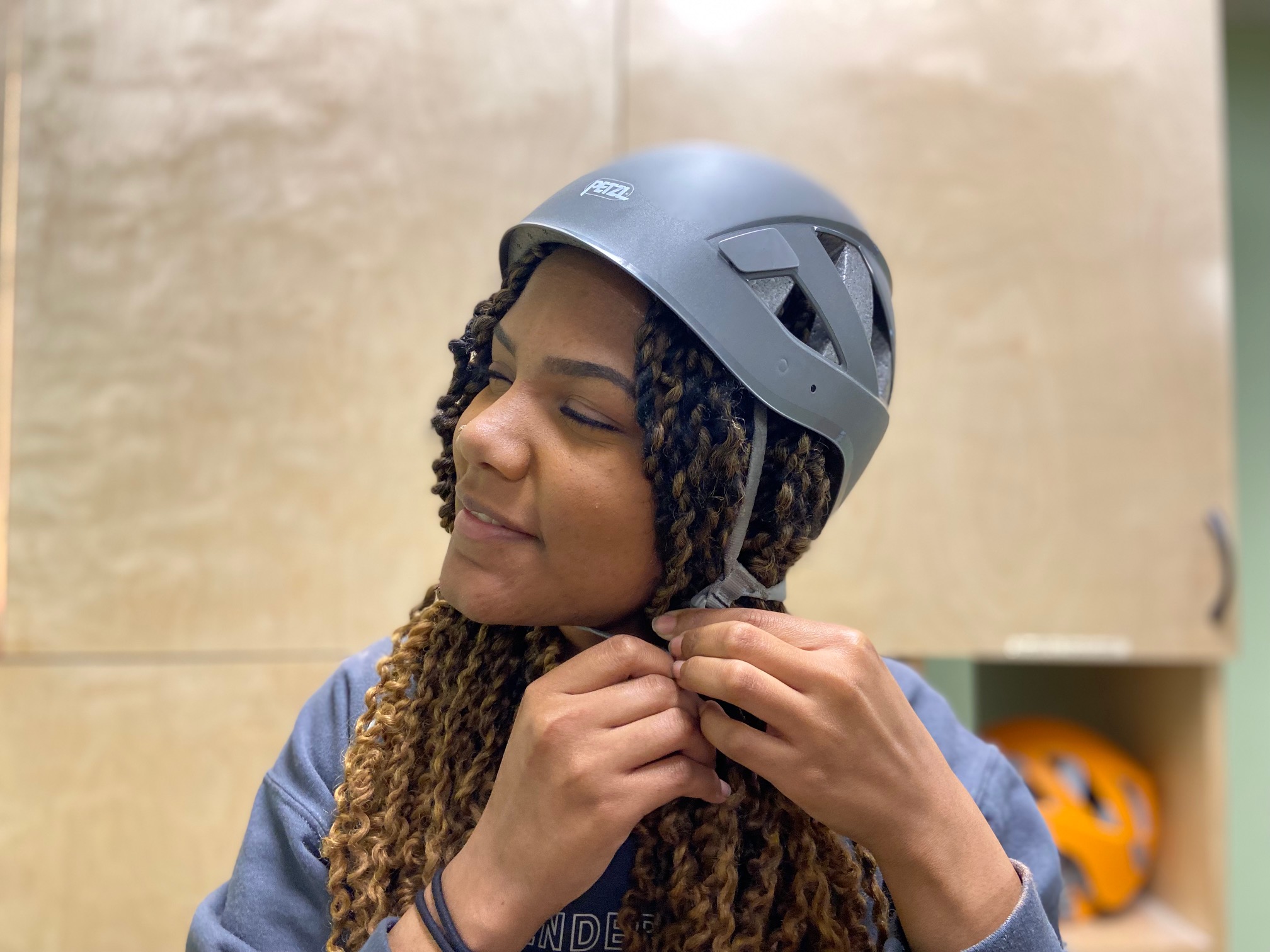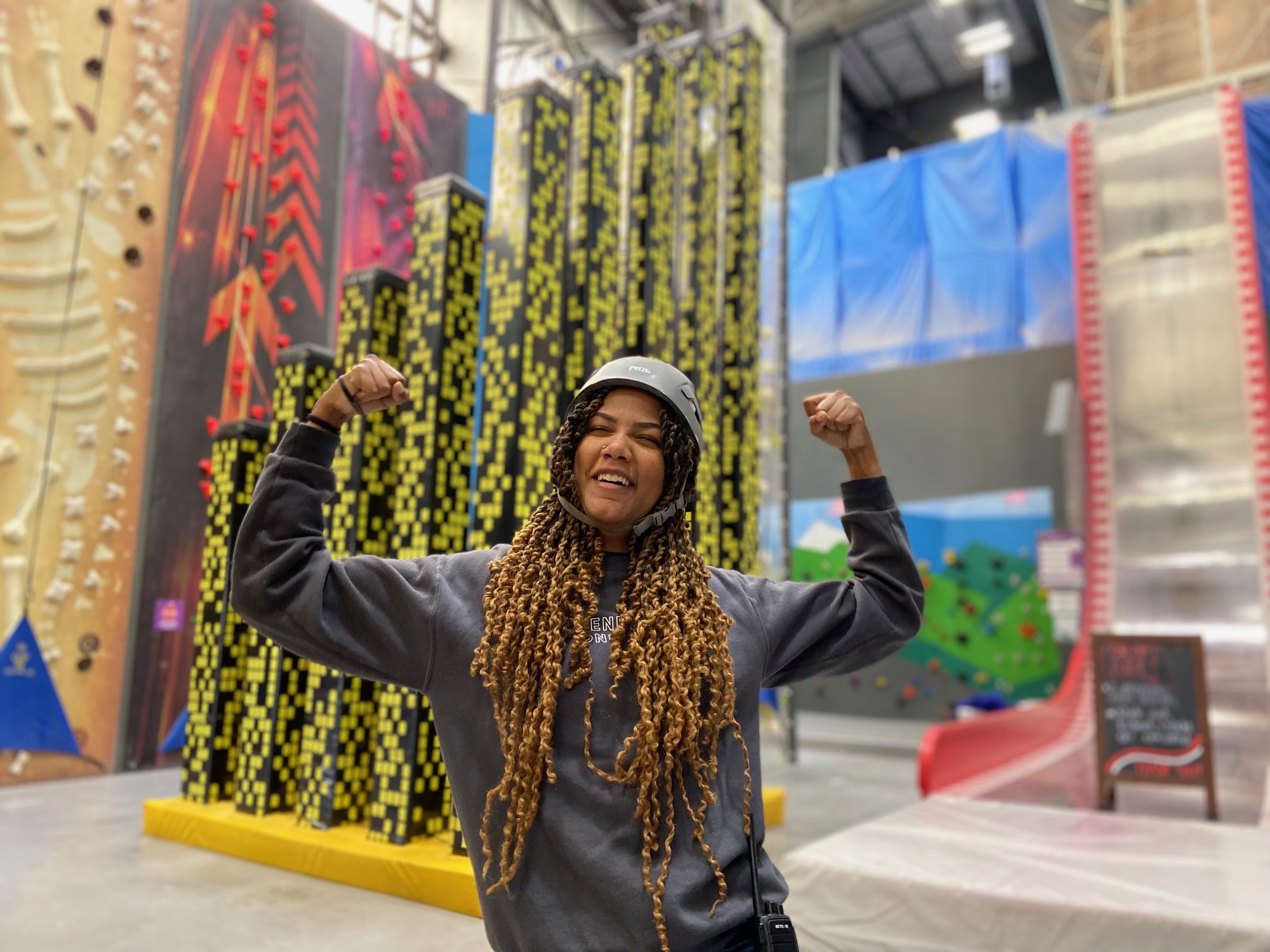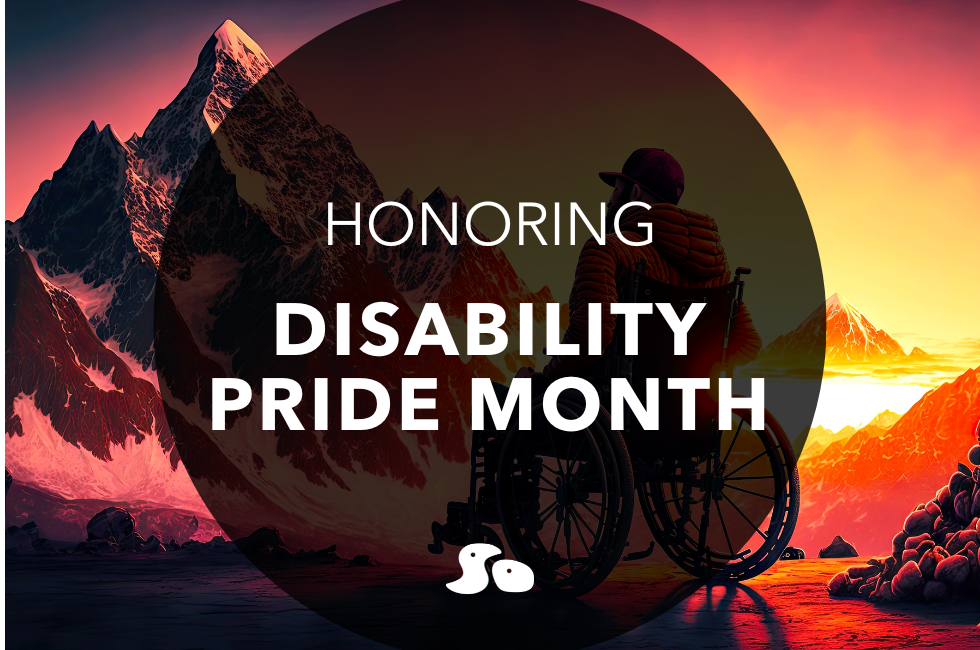
Honoring Disability Pride Month
the contentWritten by Eric Ho
Climbing is for everyone, including those with disabilities. Adaptive climbing is also called paraclimbing, and we here at Sender One are striving to make our gyms accessible for everyone.
Sender One community member Jenny Choi recalls when Sender One hosted the Paraclimbing World Cup.
I saw Paraclimbing competitions appear on my TV and one day I saw Sender One's flyer about hosting the Paraclimbing World Cup. I texted my school friend/grad school mentor Isabel to see if she'd be interested in trying climbing and reassured her that people climb with one hand, and she immediately got hooked! Spectating the Paraclimbing World Cup later that Fall 2021 moved us both; it was incredible seeing climbers continue to keep on keeping on regardless of how society may view paraclimbers as disabled and unable to partake in climbing among many other sports.
Little did I know that I would soon become a para/adaptive climber, as one month later, I got (long) covid. The illness intensified to unimaginable extents, but I only continued to feel more settled in and safe as many of my newer friends were so kind to offer help/assistance, both non-employees and employees at Sender. Scleroderma is an extremely rare and extremely painful disease, and it definitely inhibits my climbing since I haven't had much sense of touch.
Sender One community member Isabel Benvenuti shares her insight:
It was pretty recently that I got involved in any meetups or activities specific to paraclimbing. Before that, I didn’t know many paraclimbers and I didn’t know much at all about paraclimbing outside of my own experience as a paraclimber (I am missing my right hand & forearm). I’ve learned pretty quickly that the community is the best part of paraclimbing though. Paraclimbers are incredibly welcoming and supportive (& super strong) and I’m really grateful to be part of such a great group of people.
Sender One LAX is proud to host a monthly community meetup: ParaSenders. It is the 4th Wednesday of the month, where other para/adaptive climbers with physical disabilities and allies at Sender One LAX can send together in a safe and inclusive environment. We hope to see you there!
More thoughts from Jenny and Isabel:
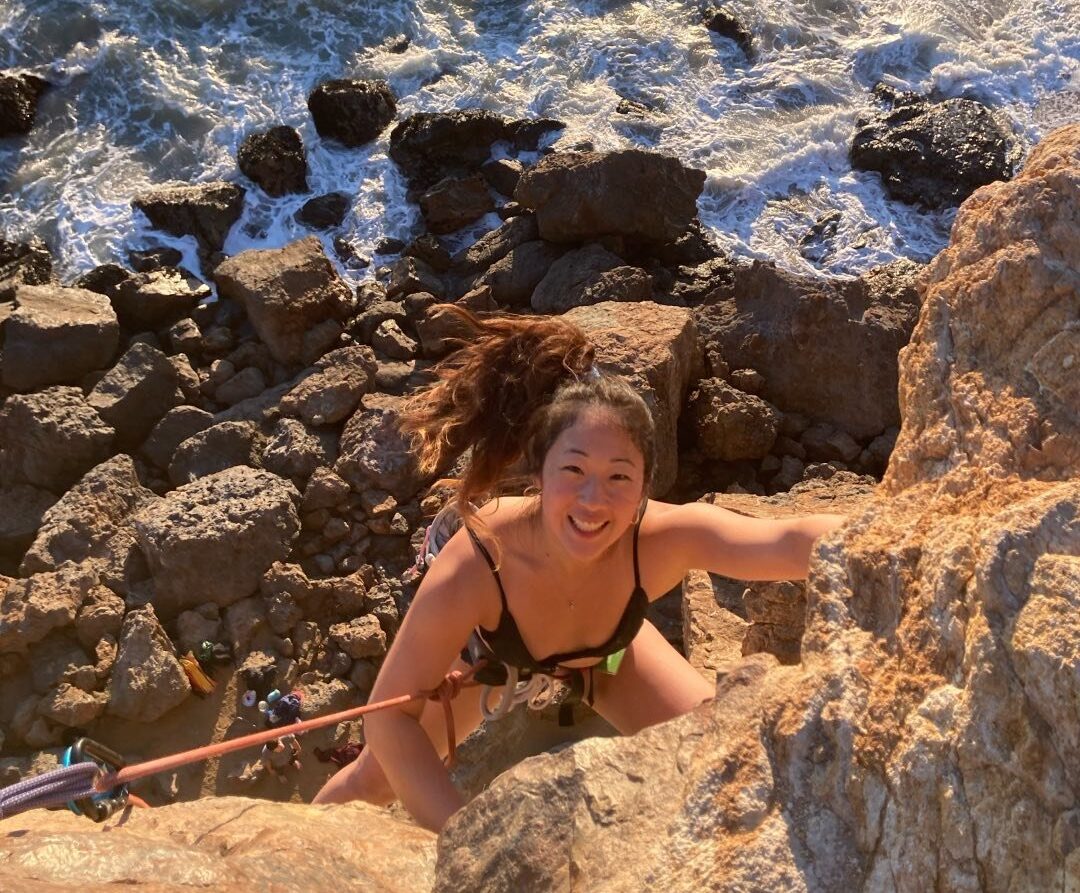
Sender One in general has been the one place where I can continue to turn to as one of my happy places, and the events are so fun! I was very excited when Siddharth started working at Sender and asked for both Isabel's and my thoughts on getting an adaptive climbing meetup started. The first one I attended was so fun and also heartwarming seeing a couple able-bodied climbers attend to support us and curious to hear about our experiences, especially since I look very able-bodied (aside from me climbing in socks due to poor blood circulation). I hope if you are a recently-disabled climber reading this, this gives you some hope.
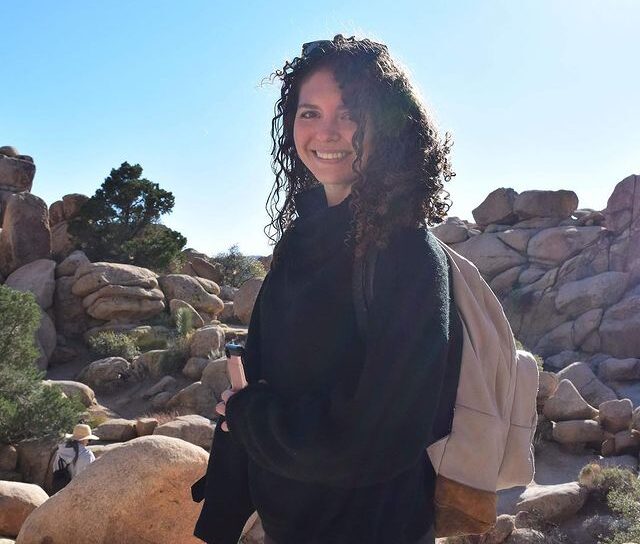
I’m also happy that Sender One started a paraclimbing meetup a few months ago. I’ve had a lot of fun getting to know new people who are interested in paraclimbing. I hope to see more paraclimbers there in the future and I’m excited to see the meetup keep growing!
Paradox Mile
Much like our Sender One community, the adaptive community is equally vibrant and diverse.
That is why Sender One LAX is hosting the Paradox Mile, a 5,280 vertical foot climbing challenge to help raise money and awareness for Paradox Sports and Paracliffhangers.
![Copy of LAX [TV] Paradox Mile](https://www.senderoneclimbing.com/wp-content/uploads/2023/07/Copy-of-LAX-TV-Paradox-Mile.png)
Disability Pride Flag

What do the color stripes mean, you may ask?
- Green: sensory disabilities
- Blue: emotional and psychiatric disabilities
- White: non-visible and undiagnosed disabilities
- Gold: neurodiversity
- Red: physical disabilities
- Black: represents mourning for ableist violence and abuse victims

